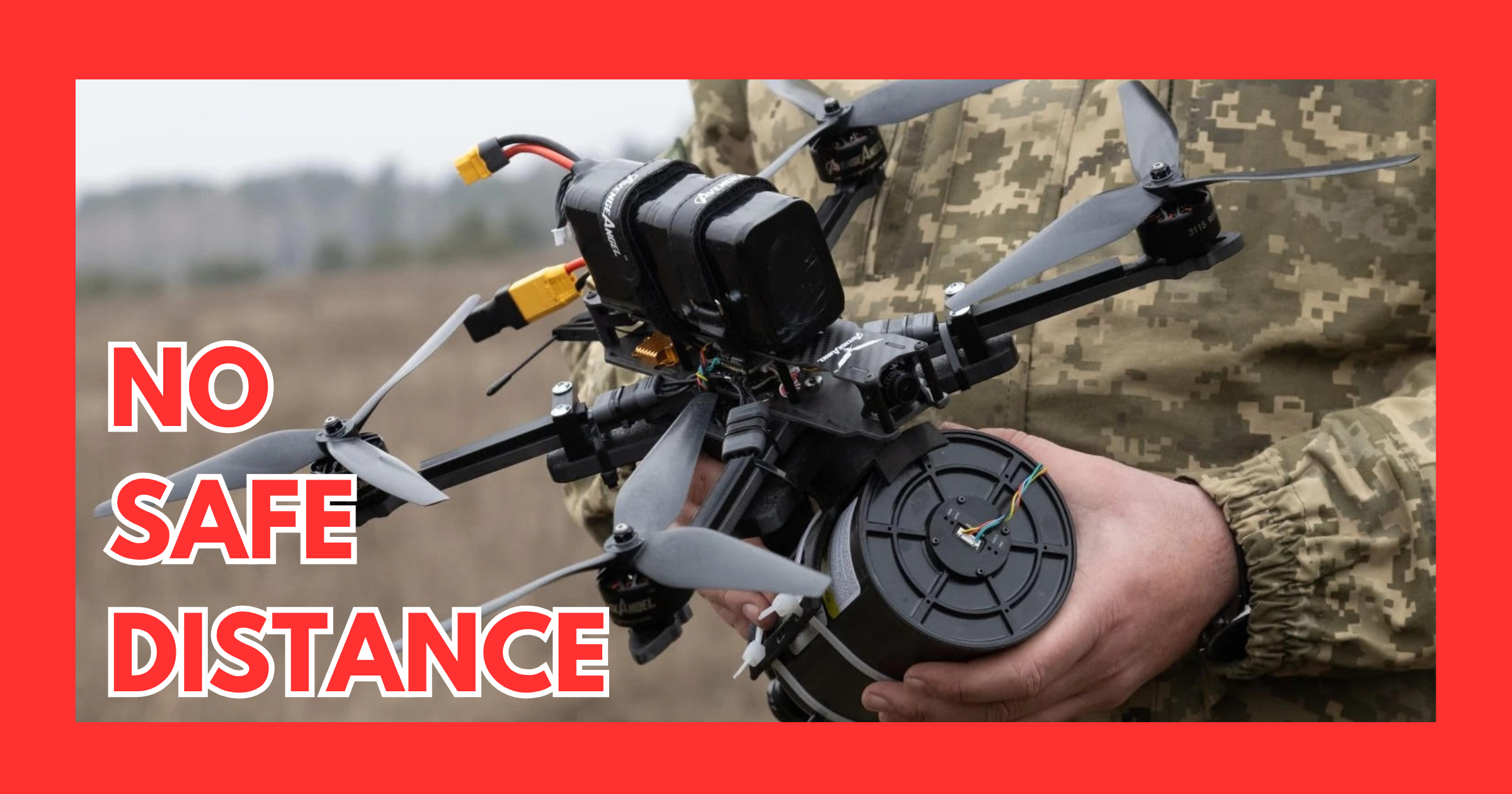
Spiderweb: Ukraine’s Drone Offensive and the Future of Modern War
The war in Ukraine just sent a message to the rest of the world. That message arrived by drone.
by Met Middleson
June 2, 2025
In late May, Ukraine carried out a carefully planned drone strike deep inside Russian territory. The mission, known as “Spiderweb,” targeted several military airfields across at least three regions. Ukraine used 117 drones in the attack. Many were hidden inside wooden crates and launched from modified trucks. The Security Service of Ukraine (SBU) released video footage showing drones striking Russian bombers on the ground. This marked more than a tactical victory. It introduced a new kind of war.
TACTICS ON DISPLAY
Ukraine prepared for Operation Spiderweb over the course of 18 months. The plan began with smuggling drone components across the Russian border. Ukrainian operatives assembled the systems inside Russian territory, often near strategic airfields. Once complete, the drones were placed in specially built wooden containers that disguised their purpose. These containers were then loaded onto civilian trucks.
In a calculated twist, Ukraine arranged for unwitting Russian drivers to deliver the drone-laden trucks near targeted airbases. The list of known targets included Olenya, Belaya, Ivanovo, Dyagilevo, and Ukrainka. Once on site, the containers were remotely activated. Their roofs opened automatically, and the drones launched upward without alerting surrounding defenses. The entire operation was controlled off-site, and all Ukrainian personnel safely exited the country before launch.
Ukraine selected a mix of first-person view drones, many of them modified from commercial designs. Each one was equipped with artificial intelligence capable of locking onto vulnerable parts of enemy aircraft, such as fuel tanks or engine sections. This increased the likelihood of destroying high-value targets in a single hit. In some cases, booby traps were added to the containers to prevent Russia from reverse-engineering the launch mechanisms.
The strikes damaged or destroyed more than 40 aircraft. Russian sources admitted to losing at least five bombers. Independent analysts reviewing satellite imagery believe the real number is significantly higher. The final damage tally includes Tu-95 and Tu-22M3 bombers along with at least one A-50 early warning aircraft. Estimates place the total loss at roughly $7 billion.
A SHIFT IN WARFARE
The operation gave Ukraine more than a battlefield edge. It sent a signal about what warfare now makes possible. A smaller nation found a way to strike inside a nuclear power’s borders using equipment that costs less than a guided missile and requires no pilot.
This approach changes everything. National borders offer less protection. Traditional air defenses can miss low-flying threats. Military strategy starts to look outdated when small, silent drones can carry out real attacks from nearby ground positions.
THE VULNERABILITY QUESTION
Spiderweb worked because it used methods that any advanced country could copy. A nation like China could develop similar tactics. What happens if one day that capability gets turned on a city or military site in the United States?
The truth is, many key parts of American life are not built to withstand an attack like this. Our government has invested heavily in jets, submarines, and satellites. But a wave of cheap drones flying low to the ground could slip past those systems. Sites like airports, power plants, and data centers were never designed with drone warfare in mind. Most rely on fences and guards, not high-tech defense.
THE DOMESTIC DEBATE
In Washington, leaders often focus on cyber threats, troop movements, and major powers. But Spiderweb showed a different kind of threat. This one did not require a formal army. It only needed a person with a remote control and a vehicle that could carry some boxes.
For years, defense experts warned that drone warfare could level the playing field between smaller nations and military giants. Spiderweb turned that theory into fact. Ukraine didn’t need long-range missiles or strategic bombers to strike deep inside Russian territory. It used patience, planning, and off-the-shelf technology. That formula is no longer hypothetical. It is now part of modern war.
ARE WE READY?
The United States has built a defense system around the assumption that serious threats come from the sky or across oceans. We track missiles with satellites. We detect incoming aircraft with radar and scramble fighters in response. But Operation Spiderweb forces a different kind of question. What happens when the threat does not arrive in one piece? What if it enters as parts inside delivery vans, disguised as farm equipment, or buried inside wooden crates? What if it launches from a parking lot, a storage unit, or a shipping yard? These are not science fiction scenarios. Ukraine just proved they are not only possible but effective.
Once a weapon crosses into the country in pieces and someone assembles it within our own borders, the attack no longer looks foreign. It looks domestic, at least until the damage is done. Our systems are not built to recognize that shift. The legal frameworks around intelligence sharing, surveillance, and emergency response all rely on the idea that a foreign attack comes from the outside. But in this model, the line between foreign and local disappears. The origin may be overseas, but the impact starts here, quietly and without warning.



